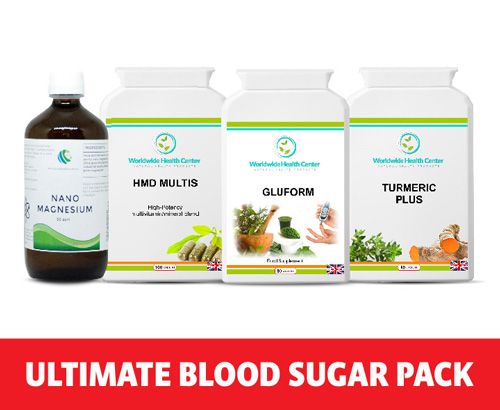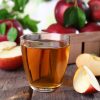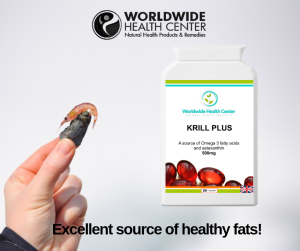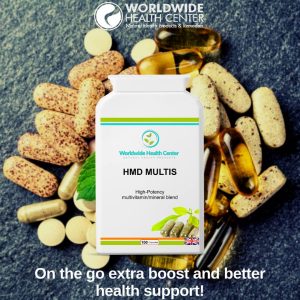Need help? Email us:
- AMINO ACIDS
- Antioxidants
- Blood Sugar Regulation
- Bone and Joint Repair
- BOOKS
- Brain Food & Energy Supplements
- Candida Support
- Cardiovascular Support
- Cholesterol
- Constipation Relief
- Dental Health
- Detox
- Digestive Support
- Eye Support
- Fatty Acids
- Gut Health
- Hair Mineral Analysis
- Heavy Metal Detox
- Herbal Tinctures
- Immune Support
- Liver Support
- METABOLIC TYPING
- Multivitamin & Mineral
- Natural antimicrobials and parasite remedies
- Natural Diuretic
- Probiotics
- Prostate Health
- Tachyon Products
- Uncategorized
- VITAMINS
- WEIGHT LOSS
Reducing Toxins using Phytonutrients

Reducing Toxins using Phytonutrients
D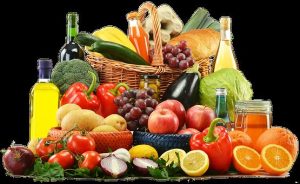 etoxification has become a hot topic, especially nowadays due to the environment we live. As the scientific and medical literature suggest, we are all toxic. There are several ways that we can detoxify. Reducing toxins using phytonutrients which will facilitate the detoxification processes.
etoxification has become a hot topic, especially nowadays due to the environment we live. As the scientific and medical literature suggest, we are all toxic. There are several ways that we can detoxify. Reducing toxins using phytonutrients which will facilitate the detoxification processes.
Phytonutrients are found in colourful and tasty fruits and vegetables. Eating fruits and vegetables on a daily basis will not only stimulate detoxification pathways, but they will protect your organs and tissues due to their powerful antioxidant functions.
Phytonutrients are the colourful path to detoxification and the five classes of which the sole purpose is to fight toxins are:
- Curcumin: You can take it by incorporating turmeric into your food. It is known as a super spice that fights inflammation, binds the heavy metals in the body and upregulates the production of enzymes responsible for the detoxification pathways.
Curcumin, a polyphenol, has been shown to target multiple signaling molecules while also demonstrating activity at the cellular level, which has helped to support its multiple health benefits. It has been shown to benefit inflammatory conditions, metabolic syndrome, pain, and to help in the management of inflammatory and degenerative eye conditions. In addition, it has been shown to benefit the kidneys. While there appear to be countless therapeutic benefits to curcumin supplementation, most of these benefits are due to its antioxidant and anti-inflammatory effects. Despite its reported benefits via inflammatory and antioxidant mechanisms, one of the major problems with ingesting curcumin by itself is its poor bioavailability, which appears to be primarily due to poor absorption, rapid metabolism, and rapid elimination.
2. Flavonoids: These antioxidants bind to heavy metals in the body and aid in the removal of toxins from the body through urine. Flavonoids can be found in oranges, parsley, cilantro, onions, blueberries and apples.
Flavonoids are a diverse group of phytonutrients (plant chemicals) found in almost all fruits and vegetables. Along with carotenoids, they are responsible for the vivid colors in fruits and vegetables. Flavonoids are the largest group of phytonutrients, with more than 6,000 types. Some of the best-known flavonoids are quercetin and kaempferol.
In recent years, scientists have turned to various flavonoids to explain some of the health benefits associated with diets rich in fruits and vegetables, according to the Linus Pauling Institute. Like other phytonutrients, flavonoids are powerful antioxidants with anti-inflammatory and immune system benefits. Diets rich in flavonoid-containing foods are sometimes associated with cancer, neurodegenerative and cardiovascular disease prevention. However, it is not yet clear whether the flavonoids themselves are responsible.
Onions, tea, strawberries, kale, grapes, Brussels sprouts, citrus fruit, parsley, and many spices are just a few natural foods rich in flavonoids, according to Louis Premkumar, a professor of pharmacology at Southern Illinois University School of Medicine and author of “Fascinating Facts about Phytonutrients in Spices and Healthy Food“.
3. Organosulphur compounds: If you are a fan of garlic, onions, broccoli, kale, cabbage and cauliflower then you will enjoy detoxifying your body with this phytonutrient. Organosulphur compounds act similarly to curcumin as they bind to and aim in the removal of heavy metals and they also boost the detoxifying enzymes.
Organo-sulfur compounds are generally found in cruciferous vegetables such as broccoli, cauliflower, brussel sprouts, garlic, and onion. They contain sulfur atoms that are bound to a cyanate group or a carbon atom in a cyclic or noncyclic configuration. The functional contents of plants containing organo-sulfur compounds are obtained after cell disruption by cutting, or crushing the plants. In cruciferous vegetables various isothiocyanates are formed from glucosinolates by the action of myrosinase. In Allium L. species, allicin is formed from alliin by the action of allinase and then rapidly converted to diallyl sulfide, diallyl disulfide, or diallyl trisulfide. These hydrolytic breakdown products have the main health-promoting functional effects on several diseases.
Organo-sulfur compounds like diallyl sulfides (diallyl disulfide, diallyl trisulfide) are potential anticancer agents. Organo-sulfur compounds are well known for their chemo-preventive activities which increase with the polyphenols, carotenoids, isothiocyanates, and allyl sulfides, lycopene. Several bioactive compounds exhibit a synergetic effect against reactive oxygen species and free radicals. Garlic is an important plant that decreases the LDL, and increases the good cholesterol namely high-density lipoprotein (HDL). Aged garlic extract has beneficial health effects in lung carcinoma, platelet aggregation, and oxidative damages.
4. Quercetin: It is found in apples, citrus fruits, parsley, onions, tea, nuts, and dark berries like blackberries, blueberries, and bilberries. It is known as a useful anti-inflammatory composite which binds toxins in the body and neutralizes them.
Quercetin, a flavonoid found in fruits and vegetables, has unique biological properties that may improve mental/physical performance and reduce infection risk. These properties form the basis for potential benefits to overall health and disease resistance, including anti-carcinogenic, anti-inflammatory, antiviral, antioxidant, and psychostimulant activities, as well as the ability to inhibit lipid peroxidation, platelet aggregation and capillary permeability, and to stimulate mitochondrial biogenesis.
5. Epigallocatechin-3-gallate (EGCG): The best source of EGCG is green tea and its variables. This phytonutrient triggers amplified production of certain enzymes and genes responsible for POP detoxification. It helps the natural systems of the body to cleanse it from toxins more effectively and efficiently. Reducing toxins using phytonutrients such as EGCG is an effective way of taking powerful antioxidants into the body.
Green tea, which contains powerful antioxidants, is one of the most popular beverages consumed around the world. Of all the antioxidant compounds found in green tea, the major constituents are polyphenols, including phenolic acids and catechins. Catechins from green tea belong to the family of flavonoids that are powerful antioxidants and free iron scavengers. Many botanical flavonoids possess strong antioxidant activities in the cardiovascular system. Effects of green tea on cancer chemoprevention have been attributed to its antioxidant activities.
Many of these phytonutrients are found in our Super Greens Plus.
Important Links

Dr. George J. Georgiou
Dr. George J. Georgiou, Ph.D., N.D., D.Sc (AM), M.Sc., B.Sc, is a world-renowned expert in the field of holistic medicine and detoxification. As the inventor of the highly acclaimed Dr. Georgiou's Heavy Metal Detox Protocol, and the main product, HMD™ (Heavy Metal Detox), he has revolutionized the approach to natural heavy metal detoxification. With over 35 years of experience in natural medicine, he has authored 23 books, including the comprehensive guide 'Curing the Incurable with Holistic Medicine,' which offers invaluable insights and over 700 scientific references. Dr. Georgiou's groundbreaking work is sought after by individuals and practitioners worldwide through his Da Vinci Institute of Holistic Medicine and Da Vinci Holistic Health Center based in Larnaca, Cyprus.



